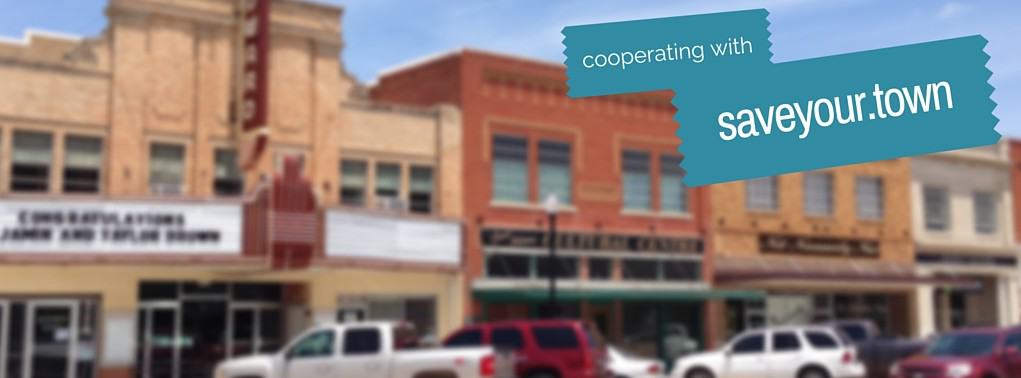
Is there any good news about small towns? Do small towns have a future for our young people? Photo of youth at Eagle Butte, South Dakota via USDA
Guest post by Paula Jensen
I remember in 1997, just following the birth of my second son, when more than one elder in my community told me, “It is so sad that your children will never graduate from Langford High School like you did!” Those comments told me that the local leaders were questioning my decision to return to my hometown and had lost all hope in their community and themselves. Well I am pleased to say, now 20 years later, that the prediction made by those folks has not come true. I could go on and on about the growth, development, and community pride that has erupted across Marshall County, South Dakota in opposition to those dire comments made two decades ago.
Echoing what Becky McCray says, pretty much all my life, I’ve been told that small towns are dying, drying up, and disappearing, and that there’s nothing we can do to change it. But what if, just once, there was some good news about rural communities? Guess what, there is! Big trends are moving in our favor:
Trend #1 – brain gain (youth returning home after getting education)
Trend #2 – changing retail dynamics (entrepreneurship is on the rise)
Trend #3 – new travel motivations (people love getting away from the city to visit)
Trend #4 – declining cost of distance (people can work from anywhere)
Trend #5 – creative placemaking (adding quality of life amenities to our towns)
During most of my years in Marshall County, the population has followed typical national trends. In 1970, Marshall County had 5,885 people; we hit our lowest population mark in 2009 at 4,160, which was a 30% decline in our county-wide population. However, since 2009 our county-wide population has reached 4,801, which shows a 13% gain in population. Our trend line is moving upward and this is uncommon in rural places from a national perspective. In my day-to-day work across rural South Dakota I have observed pockets of growth in other rural communities, much like Marshall County. The commonalities I witness is that these unique rural places have strong leadership and care about what their small town will look like in 30 or 100 years from now.
I recently sat in on a webinar where Zachary Mannheimer was a featured speaker discussing Creative Placemaking: Economic Development for the Next Generation, co-sponsored by the Orton Family Foundation and the Citizens’ Institute on Rural Design.
What is creative placemaking, you ask? Zachary Mannheimer defined it like this, “Basically, it means, how you enrich a community through cultural and entrepreneurial ideas.”
For the most part he explained that it’s been done in urban areas, but not a lot has been done in rural areas. He identified the future population trends that are emerging and how he sees the future of our country moving toward rural areas because of urban population growth and they are running out of space. Places that were once out in the sticks are going to be part of urban areas. This is going to be happening in the next 30 years. Is your small town prepared? If we aren’t prepared for the shift, we are going to lose out on potential social and economic growth. Rural city and county leaders, economic development corporations, and others need to begin planning to adapt now and create amenities that people are looking for or we will struggle to remain a vibrant rural community.
My County is on the right track with new development, entrepreneurship, strong philanthropy, inclining population, strong schools, recreation opportunities, and so much more. But we must all step up as local leaders to support improvements and growth. Our small towns don’t need to spend any more time in the past. Things will never go back to the way they used to be. We need to start from here and keep moving forward toward a bright future that provides opportunities for our youth to return and a place where new residents want to live and contribute. Enormous changes are coming our way in rural places and our future has never looked brighter. Let’s lead the way and extend the life expectancy of our community! #Iamrural










